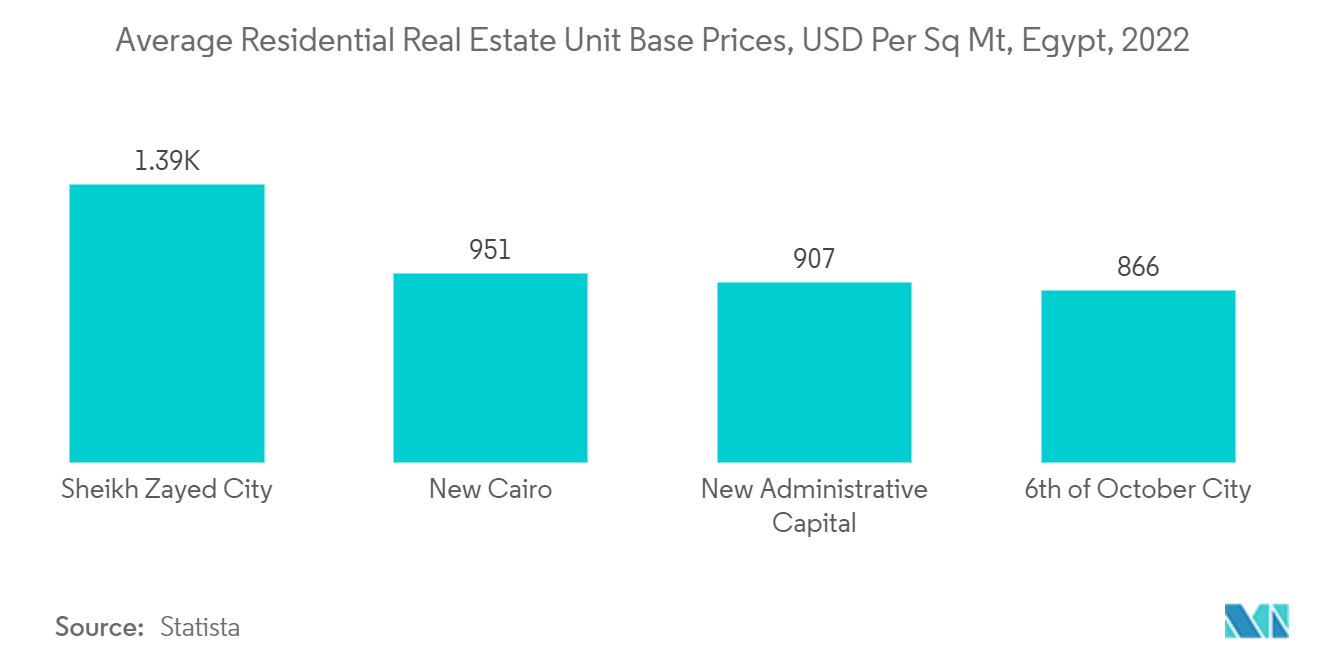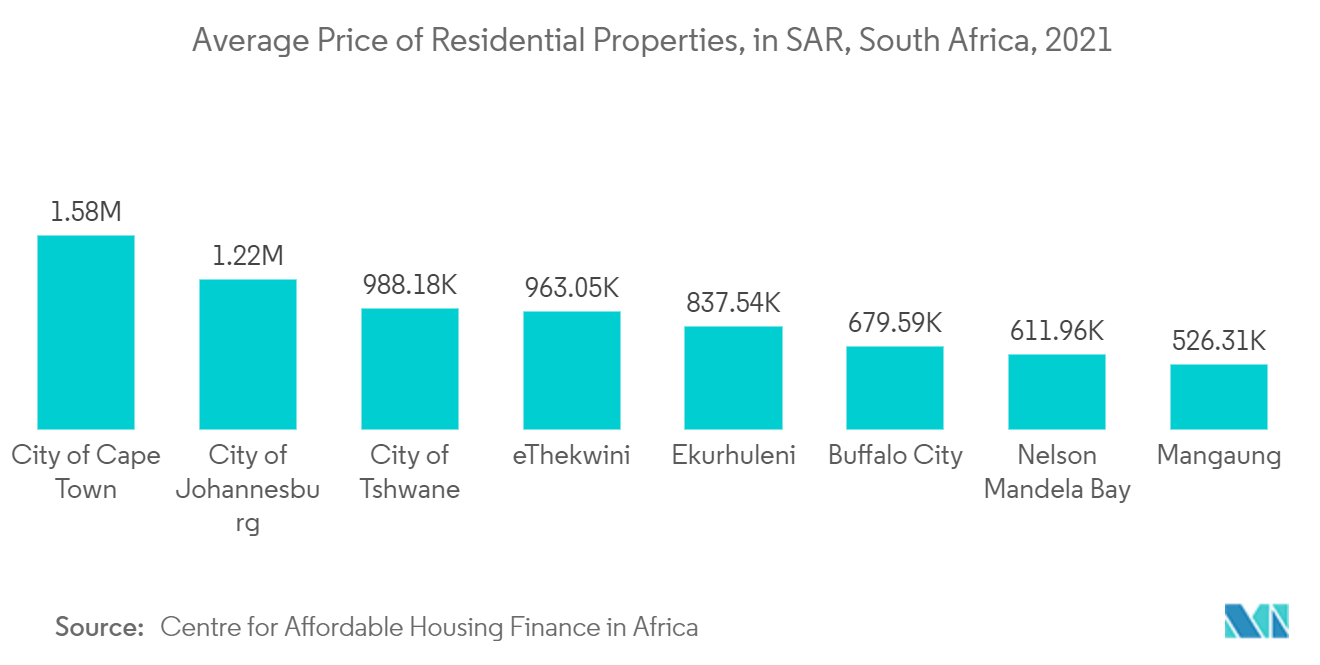Market Trends of Africa Prefabricated Housing Industry
Shift Towards Prefab Housing due to High Pricing in Egypt
The construction sector is a major contributor to Egypt's economy. With the sector expanding in size and importance, alternative and more efficient construction methods are slowly being introduced to Egypt's building sites. These include prefabricated (or prefab) and modular construction, which are growing in popularity worldwide as time-saving and cost-efficient alternatives to traditional construction. Housing is the key to safety and reassurance, and the government found some individuals are facing difficulty in obtaining housing as a result of the very high prices of housing units. It is seen as an opportunity for the growth of prefab houses to reduce the overall house cost and make it affordable.
Madinet Nasr for Housing and Development (MNHD) announced in October 2022 the signing of a partnership agreement with DMC, one of the leading Egyptian contracting companies in general contracting & project construction - to execute the construction of 13 buildings in the Lake Park project in Taj City. The project's total investment is valued at EGP 350 million (USD 11.43 million)and is expected to be delivered within 18 months. Lake Park introduces a unique modular community that combines a wide selection of vistas and modular, customizable homes.

Opportunity for Prefabricated Housing Market in South Africa Affordable Housing Projects
South Africa is urbanizing swiftly, as is the continent. In the last decade, the urban population expanded at a 2% yearly rate, and by 2030, 71% of South Africa's population will live in cities. The government could not meet the metropolitan population's housing needs despite supplying roughly 3 million state-sponsored homes to low-income households since 1994. The government tried to address the affordability of mortgage finance to low-income households through demand-side capital subsidies. First-time buyers earning between ZAR 3,501 (USD 213) and ZAR 22,000 (USD 1,341) could be eligible to receive a subsidy to purchase property under the Finance-Linked-Individual Subsidy Program (FLISP). Recent two-bedroom homes start at ZAR 679,000 (USD 41,374) with 9% interest and no deposit. Monthly payments would be ZAR 6,000 (USD 366) with a FLISP subsidy of ZAR 20,000 (USD 1,219). Even with a FLISP subsidy, these home prices are unaffordable for those earning ZAR 18,000 (USD 980) or less.
The NHFC is working on an initiative involving the private sector to generate ZAR 1.5 billion (USD 91.3 million) to finance 35% of social housing developments through public funds, debt, and equity. It aims to yield 8,000 to 10,000 new units in the next eight years. The NHFC's strategy is instrumental in the effort to address the shortfall in the supply of 'gap' housing, that is, households earning between ZAR 3,501 (USD 213) to ZAR 22,000 (USD 1,340) per month by April 2032. In 2021, 32,627 residential units were reported to municipalities as completed. In the new build market, 65,591 new transactions were recorded in 2021, which entails properties registered on the deeds registry for the first time, i.e., newly constructed residential units. Nearly half of these (30,150) were properties subsidized by the government.

